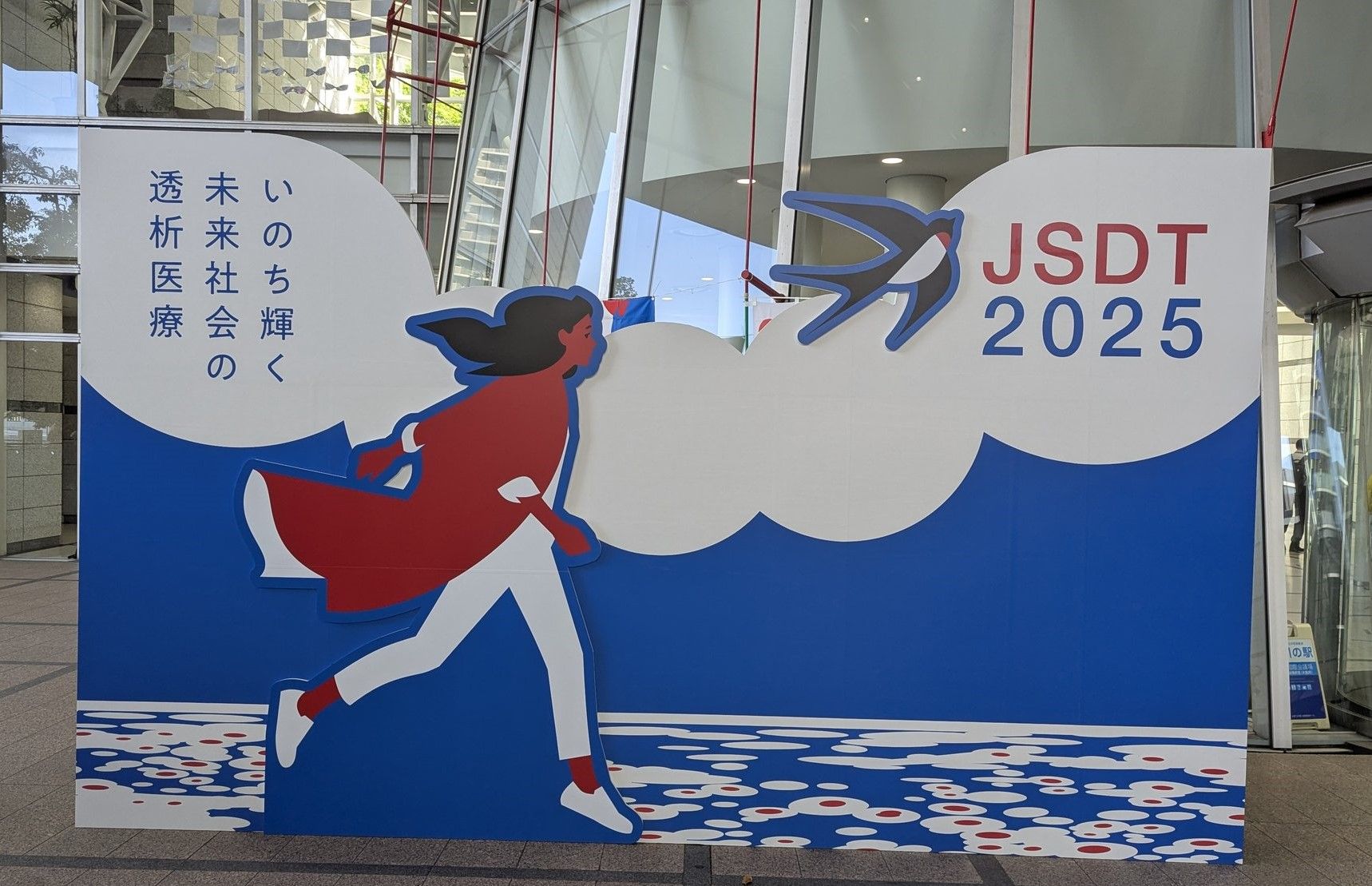Length polymorphisms of heme oxygenase-1 determine the effect of far-infrared therapy on the function of arteriovenous fistula in hemodialysis patients: a novel physicogenomic study
Abstract
Background. The objective of this study was to evaluate the interaction between the length polymorphism of the guanosine thymidine repeat (GT)n(GT)ₙ(GT)n in the heme oxygenase-1 (HO-1) gene and far-infrared (FIR) therapy on access flow (Qa) and arteriovenous fistula (AVF) patency in hemodialysis (HD) patients.
Methods. A total of 280 HD patients were randomized into a control group (n = 141) and the FIR group (n = 139) who received 40 min of FIR therapy three times weekly for a year during the study period from May 2005 to December 2007. Access flow was measured during HD. The (GT)n(GT)ₙ(GT)n was determined with the definition of long (L) allele as (GT)n(GT)ₙ(GT)n ≥ 30 and short (S) allele as (GT)n(GT)ₙ(GT)n < 30.
Results. The Qa decreased from S/S to S/L and further to the L/L group but increased by FIR therapy with the highest Qa increase in the S/S group. The incidence of AVF malfunction decreased both from the L/L, S/L to S/S group (32.4% versus 17.2% versus 10.9%, P = 0.007) and from the control group to FIR group (27.5% versus 12.6%, P = 0.004). Significant associations were found between AVF malfunction and the following factors (hazard ratio, P-value): a past history of AVF malfunction (2.45, P = 0.044), FIR therapy (0.369, P = 0.03), and L/L genotypes of HO-1 (2.531 versus S/S + S/L genotypes). The 1-year unassisted patency decreased from 91.9% and 77.6% in S/S and S/L subgroups with and without FIR therapy to 75.8% and 60% for L/L subgroup with and without FIR therapy, respectively (P < 0.001).
Conclusions.
FIR therapy improves Qa and patency of AVF in HD patients, with the best protective effect in those with S/S genotype of HO-1.
-Nephrol Dial Transplant (2013) 28: 1284–1293
Want to know more?
Contact us for more detail





